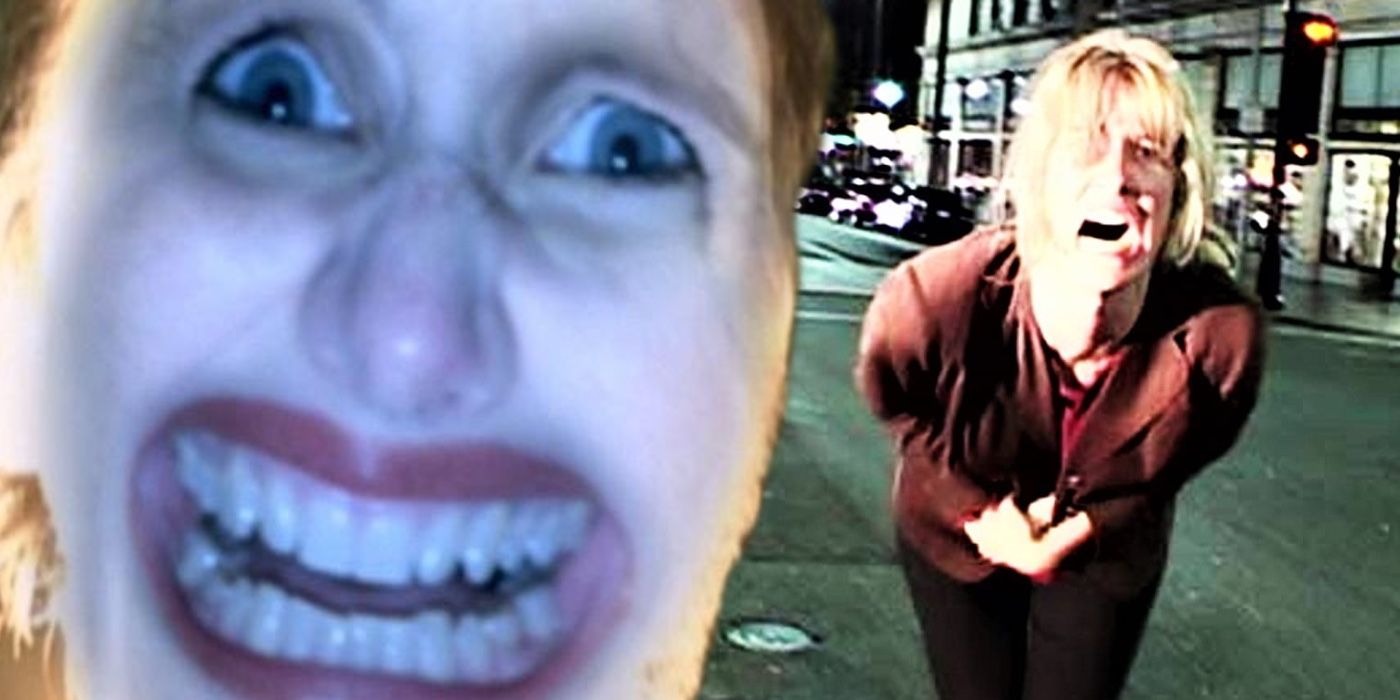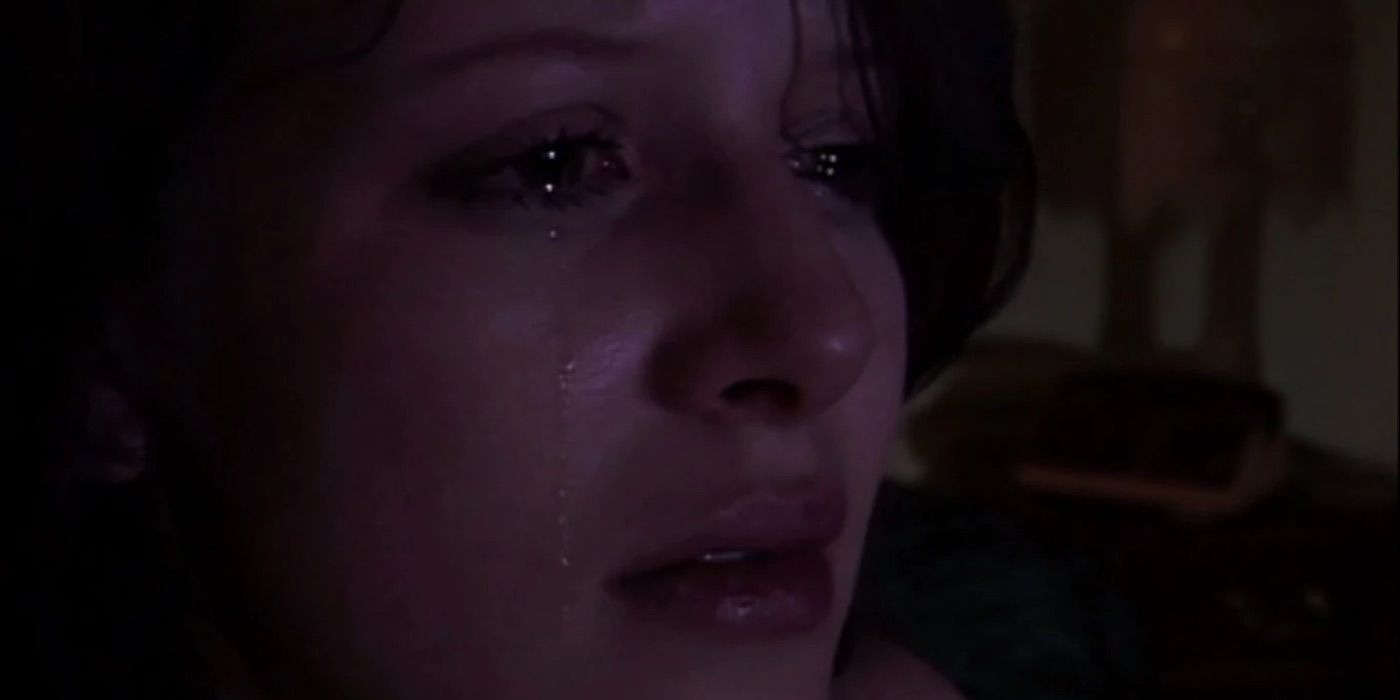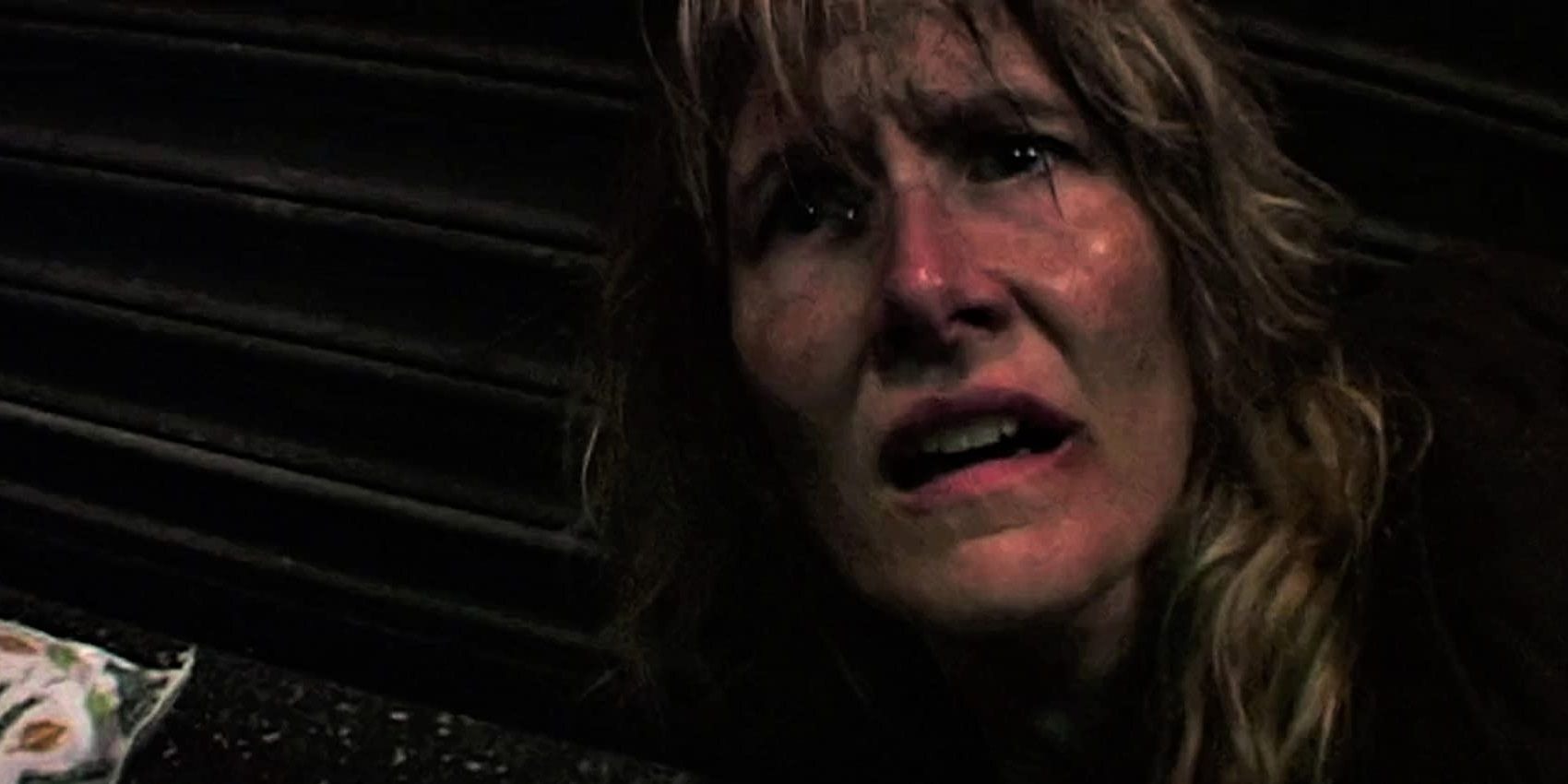A mind-bending experience unfurl with David Lynch’s Inland Empire, a film that leaves audiences pondering numerous questions. Released independently in 2006 and shot on video, this project features a standout performance by Laura Dern, a long-time collaborator of Lynch.
Despite its modest budget and a box office return of only $4 million, critics praised the film, providing a variety of interpretations. Lynch’s work often challenges its viewers, and Inland Empire is arguably his most complex puzzle yet.

A Profound Exploration of Themes
Exploring themes Lynch has examined throughout his career, Inland Empire presents an expansive nightmare consistent with his signature style. It is often regarded as one of the greatest three-hour films ever created, skillfully intertwining elements of fantasy and horror.
Moving beyond the simpler motifs found in earlier works like Lost Highway (1997) and Eraserhead (1977), this film delves deeper into intricate narratives. Lynch maintained complete creative control over Inland Empire, ensuring that every detail emerged organically without prioritizing clarity or conventional cinematic norms.
The Film’s Conclusion
Breaking away from the traditional structures found in Lynch’s earlier films, which often resembled looping Mobius strips, Inland Empire weaves a more intricate narrative that intertwines various ideas.
The climax showcases Nikki Grace, who has fully merged with her character Susan Blue, as she confronts the enigmatic figure known as The Phantom. Celebrated as one of Laura Dern’s finest performances, the film concludes with Grace/Blue shooting The Phantom after it takes her form and she discovers door number 47, leading to the apartment of The Rabbits.
A Transformative Encounter
Following this pivotal moment, Grace encounters a transformative light before entering the hotel room of the Lost Girl, who has been observing the film disclose on television. Their brief embrace results in Nikki’s fading from existence, seemingly liberating the Lost Girl from her sorrow.
As the Lost Girl wanders through Smithy’s house, she breaks down upon meeting a young boy and a man. The narrative then loops back to Nikki at her mansion, mirroring the film’s opening, as she gazes at a vision of herself on the opposite couch.
The Phantom’s Role
David Lynch excels at creating memorable villains, and The Phantom in Inland Empire serves as a prime example of this talent, blending horror and intrigue. From the outset, he is depicted as a menacing figure, with his true motives slowly revealed throughout the film.
His physical abuse of his wife hints at a darker purpose, suggesting a potential supernatural ability to manipulate others. While not every character appears in all storylines, The Phantom consistently connects through the narrative.
The Phantom’s Ambiguous Existence
The nature of The Phantom’s existence remains uncertain, with scenes set in 1930s Poland suggesting he may have once inhabited the real world.
Nikki/Sue encounters this haunting character several times, including a chilling moment when she sees him with a red light bulb in his mouth—a possible reference to the “red light districts” and the implications of his coercive influence over his wife. His other appearances are more cryptic, likely serving as a representation of the evil that pervades the Lost Girl’s experiences.
The Lost Girl’s Mystery
The film introduces a mysterious crying woman, referred to as the Lost Girl, who observes many events playing out on a television screen within a hotel room. Her presence extends to scenes set in 1930s Poland, where she is also depicted as a brutal murder victim.
Representing one of Lynch’s most bizarre creations, the Lost Girl may serve as a pivotal figure connecting the film’s various threads. A key revelation reveals her prior marriage to The Phantom, positioning her as a victim of his relentless abuse. Her infidelity parallels Nikki/Sue’s narrative, suggesting that the entirety of Inland Empire could exist within her mind.
The Role of Vier Sieben
The fictional Polish folk tale Vier Sieben, or 47, plays a crucial part in Nikki/Sue’s storyline, introduced by a female guest at Nikki’s mansion early in the film. The tale describes a child who opens a door only to find their own reflection staring back.
Like many horror narratives, Lynch’s films often draw inspiration from fairy tales, and the story of Vier Sieben serves as an additional key to understanding the film. Shortly after this scene, it becomes evident that On High in Blue Tomorrows is an adaptation of the tale.
The Cursed Film Within a Film
Described as cursed, the film-within-a-film links to the story of Vier Sieben. The moral, which implies that individuals see their own reflections in the world, recurs throughout the narrative, especially when Nikki confronts The Phantom, who morphs into her likeness before his demise.
In various scenes, Nikki is pursued by her own reflection, while the number 47 appears on The Rabbits’ apartment door, reinforcing connections without providing clear answers.
The Rabbits’ Connection
Presented as a twisted sitcom, The Rabbits seep into the film’s reality. Inland Empire is among Lynch’s most rewatchable films due to its intricate details, and even the brief scenes with The Rabbits establish ties to the broader narrative.
Within the sitcom’s loose plot, a male rabbit harbors a secret that the female rabbit is determined to uncover. The male rabbit stands out as the only character to venture beyond the sitcom, manifesting as Janek, who opposes The Phantom.
A Portal to Another World
The mystical characters in Inland Empire, reminiscent of the bizarre residents of the Black Lodge in Twin Peaks, interact with the real world through their sitcom format, as evidenced by the Lost Girl observing them on her television.
Supporting the theme of a gateway to another world, Sue peers through a cigarette burn in her blouse, which also manifests as a burning hole in the air during one of the sitcom scenes.
The Importance of Axxon N.
Axxon N., despite its seemingly nonsensical name, represents a Polish radio show within the film’s universe, visually embodied by the needle on the gramophone. This element serves as a vehicle for conveying information to the audience—like the opening story clarifying previous scenes—and as a bridge between various plot threads.

Echoing Lynch’s recurring motifs in works like Mulholland Drive, repeated phrases are a prominent feature in Inland Empire. Nikki/Sue frequently encounters the words Axxon N. scrawled on walls, guiding the Lost Girl through the narrative.
Understanding the Film’s Ending
In Catching Big Fish, Lynch discusses the collective unconscious and the emergence of art from this swirling pool of ideas. Interpreted through this lens, Inland Empire serves as a dark reflection of that theory, illustrating how pain and evil can distort the collective unconscious, compelling individuals to relive trauma.
Regardless of the distinctions between reality and fantasy, the Lost Girl endures the horrors inflicted by The Phantom, forced to witness this evil manifest repeatedly through Vier Sieben on her television.
The Nature of Inland Empire
While the film faces challenges in executing its ambitious concepts, it is far from being one of Lynch’s lesser works. Instead, it embodies the notion that, as illustrated by Vier Sieben, the world acts as a mirror reflecting the observer.
The Lost Girl’s harrowing journey leads to the creation of a bleak reality. Nikki Grace might represent a genuine movie star or simply act as a conduit for the Lost Girl’s trauma, compelled to witness her experiences mirrored in others across time.



